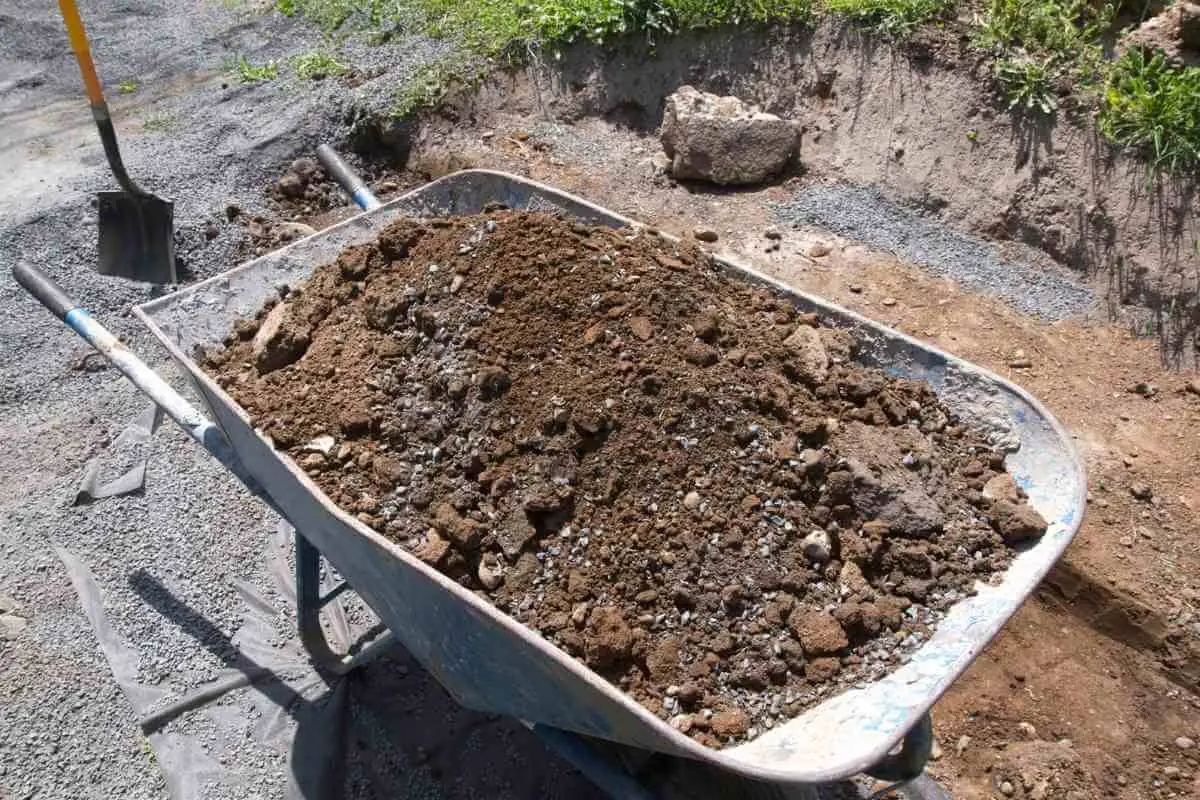You’ve moved into a house and no matter what, you can’t keep the grass alive.
There is a possibility your lawn is full of fill dirt and not topsoil.
Are you doomed, or will grass grow in fill dirt?
Fill dirt is not a nutrient-rich substrate, and it is nearly impossible to grow grass in it. There are steps you can take to make fill dirt more hospitable for plants, but if you plan on growing a lawn full of grass, your best choice is to cover the fill dirt with topsoil.
What Is Fill Dirt?
What is fill dirt, and why is it so difficult to grow grass in it?
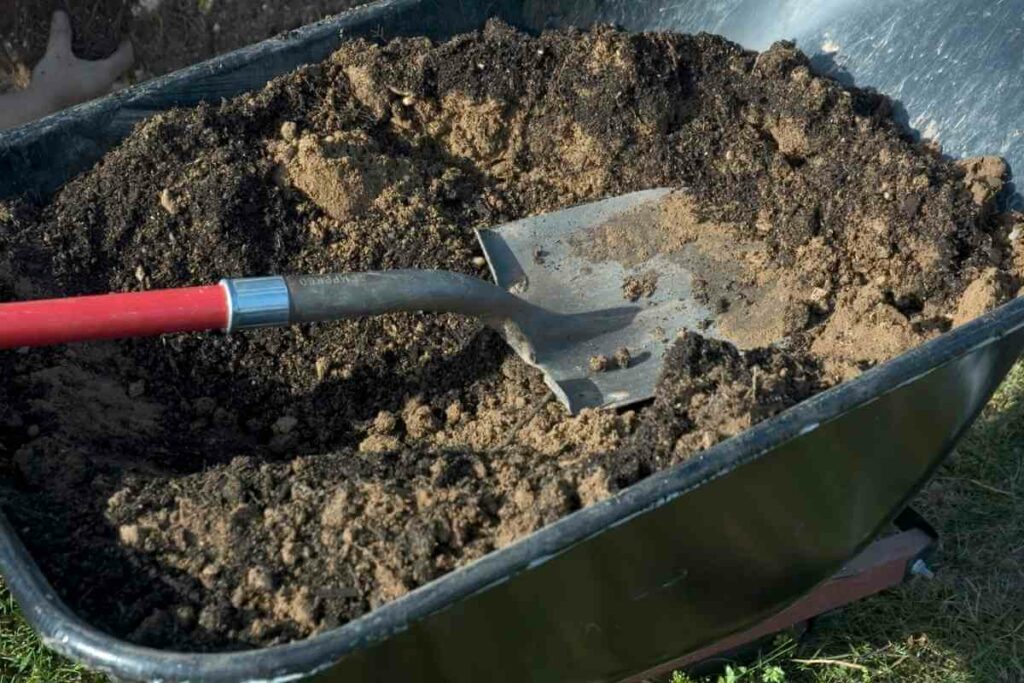
Fill dirt is usually found underneath the topsoil. This is the layer below the root systems in a lawn.
It has no nutrients from fertilizer or decaying organic matter and because it’s so far down, the living organisms in soil don’t get any water from here so they avoid it.
With no water, no nutrients, and no living organisms, fill dirt gives plants about as much as concrete would; nothing.
However, like concrete, it is useful in construction.
This dirt is a combination of:
- sand
- clay
- and small shards of rocks
Fill dirt is used as a foundation for driveways and roads, to “fill” holes in the ground, or used as a base to level out a lawn before adding topsoil.
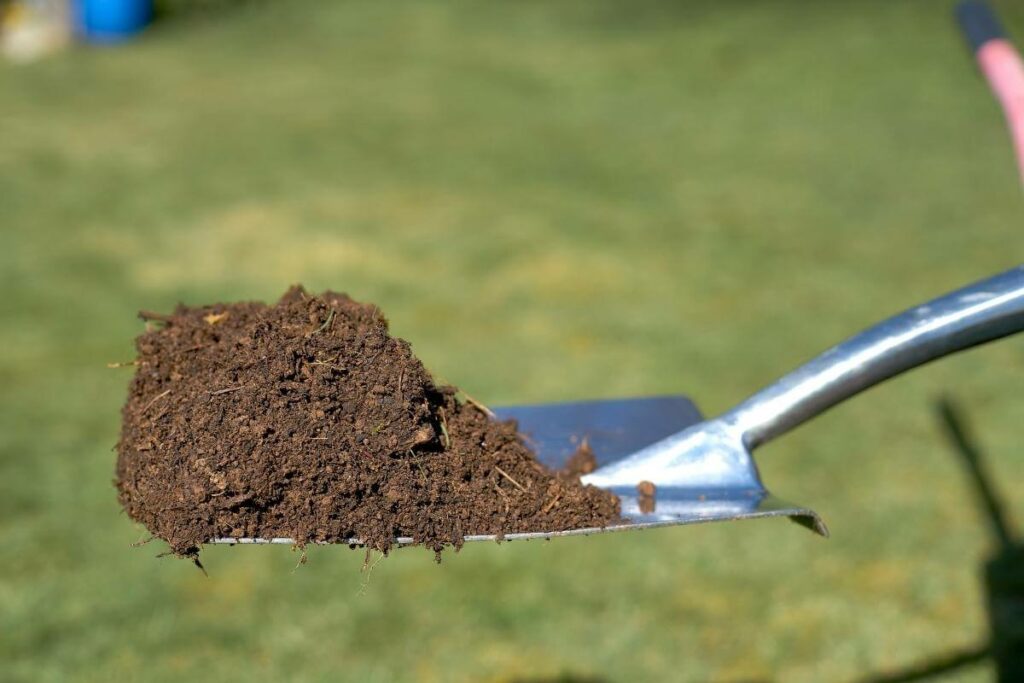
Fill dirt doesn’t shrink or expand in different weather conditions, which is why it works so well for construction projects.
Fill dirt can also be used for smaller-scale projects such as:
- Filling in areas around pipes and underground wires
- Filling the bottom of a raised garden bed
- Levelling out the area under an above ground pool
- Landscaping projects
Can You Force Grass to Grow?
If you’ve ever driven by a construction site, you may have noticed a huge pile of dirt sitting around.
This is likely fill dirt that is being used to help stabilize the foundation.
And upon closer inspection, you may have also noticed small areas of grass growing out of this dirt pile.
So am I giving you false information?
Grass doesn’t grow well in fill dirt.
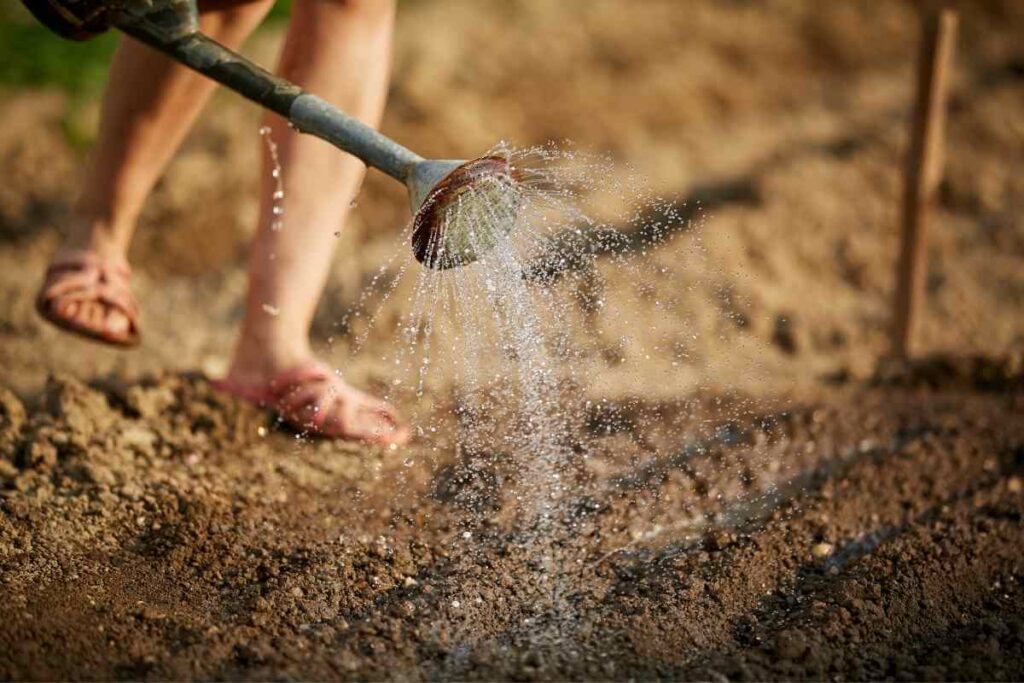
There is no nutritional content that will sustain grass, but if the fill dirt has been sitting out long enough for organic matter to be added, and there’s enough water, small sprouts of grass can appear.
There are things you can do to “fix” fill dirt and make it better for growing grass.
This is handy if you’ve moved somewhere and the lawn looked like it needed a little bit of TLC, but try as you might, the grass just won’t grow.
Key Takeaway: Following these steps is going to help change the structure and composition of the dirt to transform it into nutrient-rich soil.
Aerate the Soil
If the fill dirt has been sitting for a while, chances are the dirt and rock fragments have settled and compacted.
Core aerators are the best place to start. They work by pulling plugs of soil out of the ground to make room for air, water, and nutrients.
If you have heavily compacted soil, this is going to be the best method of aerating, which is the perfect place to start.
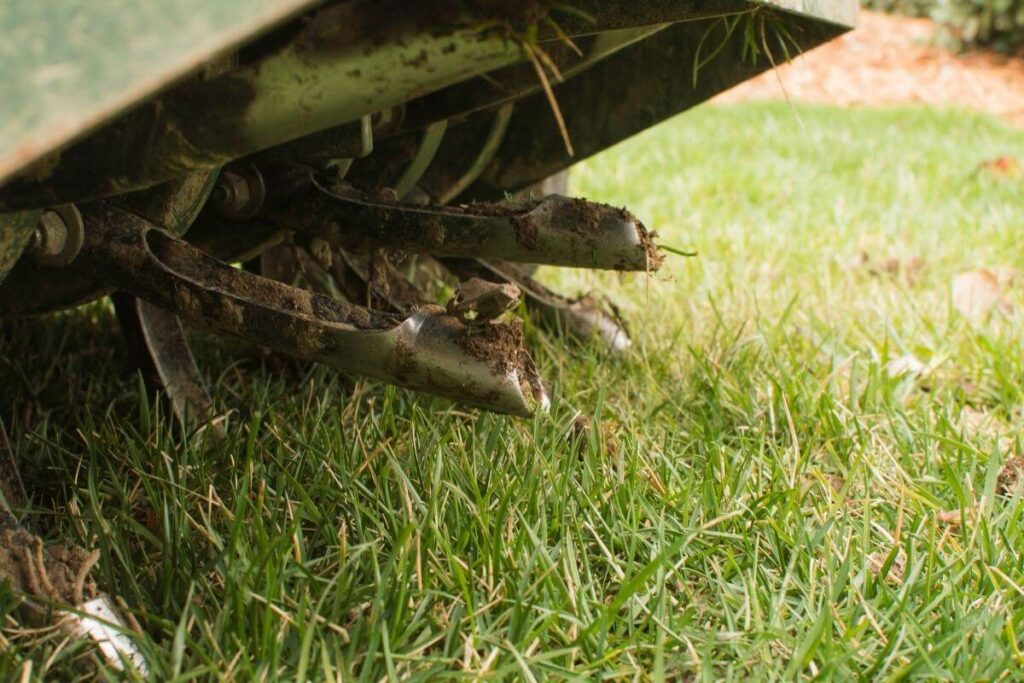
You can use a lawnmower attachment, or rent a core aerator machine to aerate a lawn.
Simply push the machines over the areas that you need to be done, and don’t be surprised when the cores are left on top.
Add Organic Matter
Now that the fill dirt has been aerated and loosened, it’s time to add in nutrients and organic matter.
Your lawn is going to need the nutrients to feed off of to grow.
You can add nutrients by adding:
Compost or topsoil are recommended because you are also adding bulk to the fill dirt.
This bulk, in the form of decaying foods, twigs, leaves, and grass is going to give important space between the fill dirt particles.
This space is important because the roots of the grass need a little space to grow.
They won’t thrive in compacted dirt.
The more space the better, because this allows for better water retention, airflow, and a habitable environment for helpful microorganisms.
Bring In the Topsoil
If all else fails, you may have to replace the top of your lawn with topsoil.
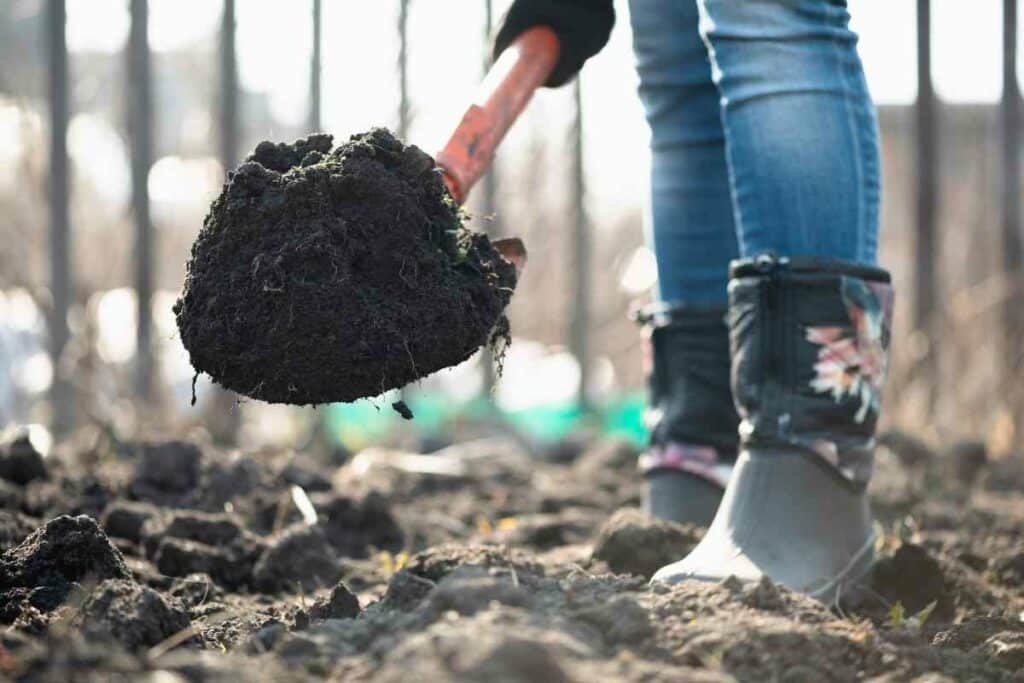
You can have topsoil brought in by the truckload to completely cover your lawn.
As you spread it out, till it into the top few inches of fill dirt.
Excellent Advice: By thinning out the topsoil into the fill dirt, you are improving your existing dirt quality, and you won’t need as much topsoil.
Final Thoughts
Why go through the hassle of aerating, tilling, adding compost, and tilling again when there’s a chance it may not help your lawn.
We highly suggest skipping the work of amending your fill dirt and jumping directly to bringing in topsoil.
In the long run, it will take you less time to see results, and it will cost less; a win-win!
